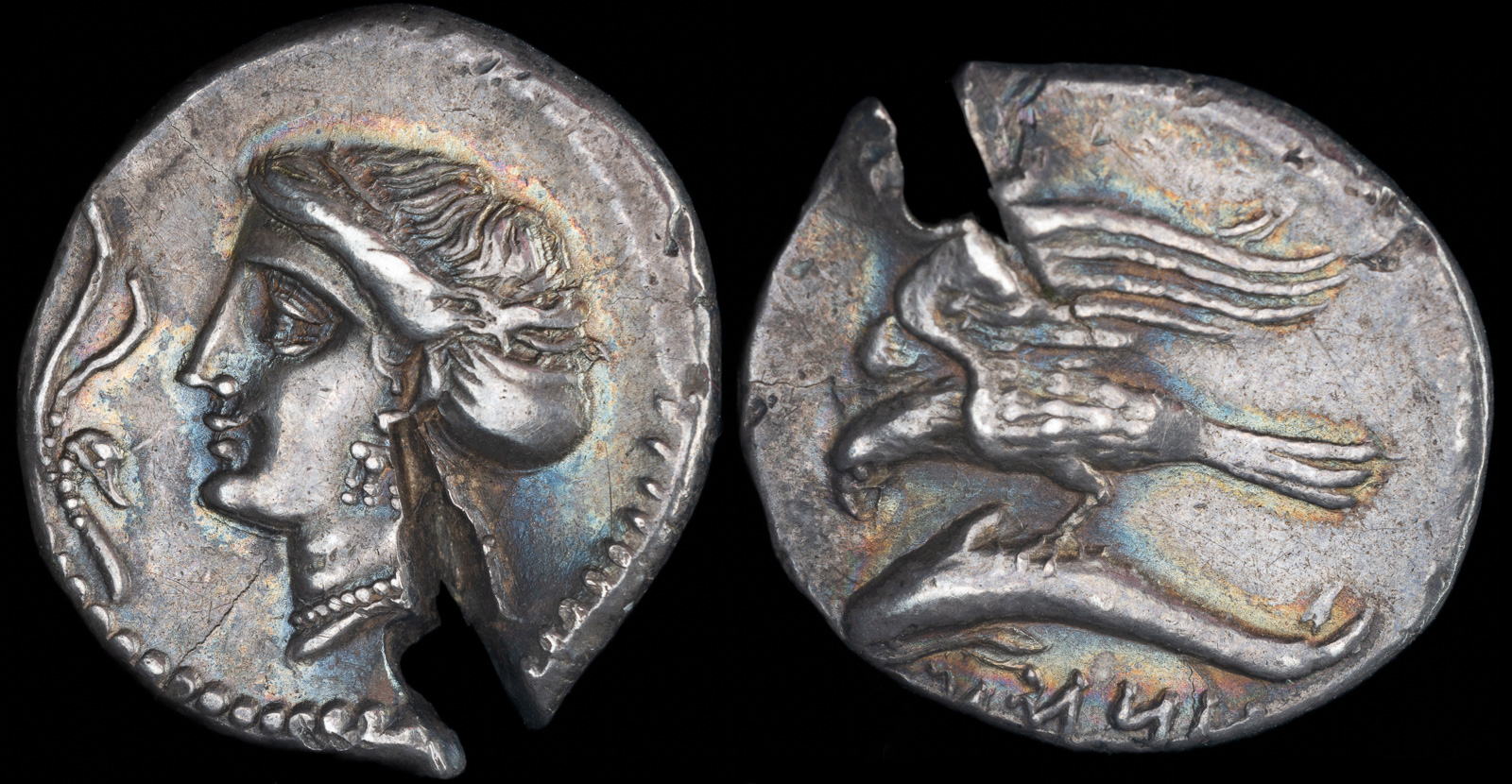Sakkos
View All Tags
In addition to its religious symbolism, the sakkos also had practical applications. For women, it was often worn during domestic activities or when engaging in certain public functions, such as attending festivals or public ceremonies. The soft cap offered protection from the elements, particularly from the sun, and was a relatively simple, but effective piece of clothing. The sakkos was a common feature in Greek funerary art as well, where it symbolized the passage between life and death, suggesting the transition of the soul.
The sakkos also became a symbol of high religious office, particularly among the priesthoods in Greek cities. Priestesses and other religious officials would wear the sakkos as part of their ceremonial garments, underscoring their sacred roles within their communities. In this context, the sakkos was not only a practical piece of clothing but also a mark of the individual’s elevated status in religious and civic life. It is worth noting that the sakkos was closely linked to the concept of sacredness, as it was often worn during rituals and festivals that involved gods or the afterlife, emphasizing the wearer’s role in mediating between the human and divine realms.
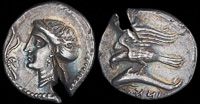
Abdasan, 360-330 BCE
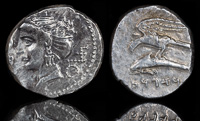
Ariarathes I 325 BCE
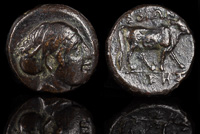
Boione, Aeolis 4th century BCE
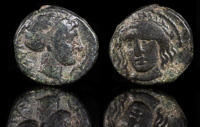
Iasos, Caria 4th-3rd cent BCE
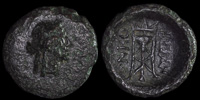
Kyzikos, Mysia 300-200 BCE
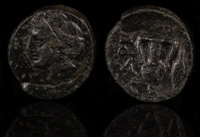
Larissa Phrikonis, Troas 350 BCE
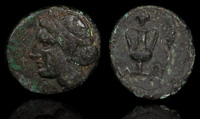
Larissa-Ptolemais 400-300 BCE

Phalanna, Thessaly 350 BCE

Phalanna, Thessaly 400-250 BCE
